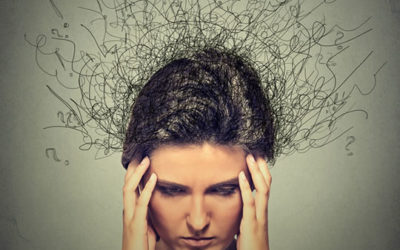Society seems to condition us to always appear calm and in full control of how we feel, no matter the circumstances. Suppressing emotions may seem like a great way to prove that you’re strong and not a weak crybaby but hiding how you really feel can have...
5 Ways Codependence Can Be Overcome
Do you find you accept responsibility for a loved one’s emotions or actions? Are you constantly trying to please others? Do you neglect your own needs and have difficulty setting realistic personal boundaries? Do you often feel resentful yet have difficulty...
What is Trauma Therapy?
Not many of us will get through life without facing our own share of challenges. But some people experience not just stress and strife, but actual trauma. Trauma may come in the form of a physically or emotionally abusive relationship, a physical accident such...
Effective Treatment for Anxiety
Here is how Therapy or Counseling can help control your anxiety, stop worrying about thoughts, and conquer your fears. Whether you are suffering from a panic attack, obsessed with thoughts, relentless worries, or terrifying phobias, it is important to know that you do...
Mental Health Therapy for Frontline Workers
None of us were prepared for the global pandemic we find ourselves in. Not parents, teachers, and certainly not the healthcare workers around the country. Doctors and nurses suddenly found themselves working double shifts to care for sick people. As the rest of the...
Caregiver Mental Health and Burnout
In the U.S., the number of people aged 65 or older is expected to more than double in the coming decades, from 46 million to 98 million. And all of these older people will at some point most likely face one or more health crises. From chronic disease to mobility...
How Counseling Can Help You Reach Your Goals in the New Year
If you struggle to set goals, let alone reach them, you are definitely not alone. In fact, it is thought that roughly 92% of the population has found it hard to stick to goals. This constant cycle of trying to set beneficial life or health goals, but never quite...
The Mental Health Impact of COVID-19 on Families
If you asked any of us a year ago what would life be like in 2020, it’s doubtful anyone would have guessed we’d be going through a global pandemic, replete with lockdowns and self-quarantining. At the beginning of the year, some families might have thought of being...
Coping with the Holidays After Loss
For many people, the holidays are about spending time with loved ones. But for those who have suffered a recent loss, the holidays can be painful and isolating. Here are some ways you can cope with the holidays after a loss: Recognize You are Not Alone It’s...
What is Mindfulness-Based Cognitive Therapy?
You’ve probably heard of mindfulness meditation, but what exactly is Mindfulness-Based Cognitive Therapy (MBCT)? This form of therapy uses mindfulness practices like breathing exercises and meditation to help clients break free of negative thought patterns. What Can...










